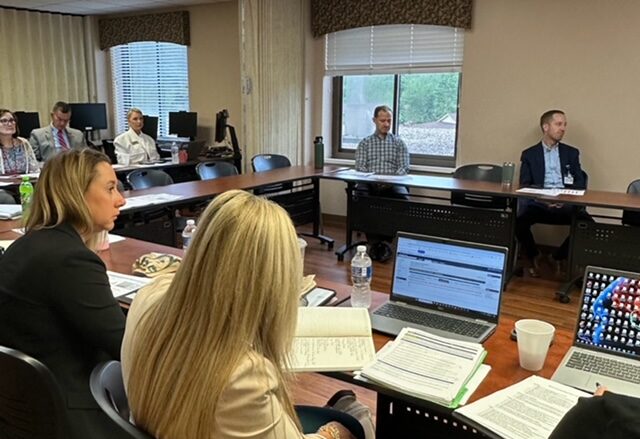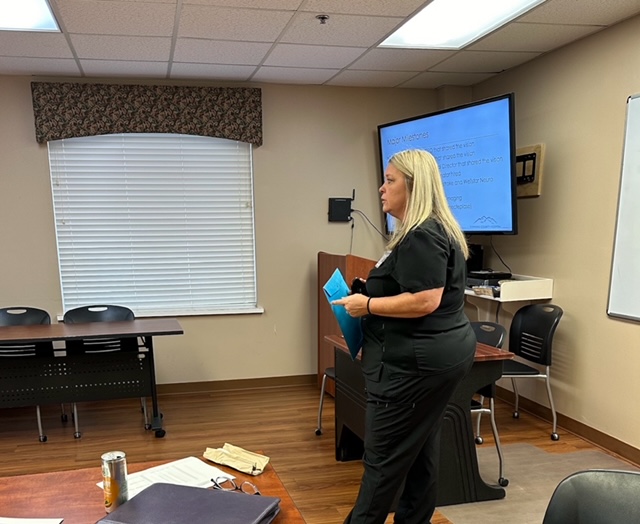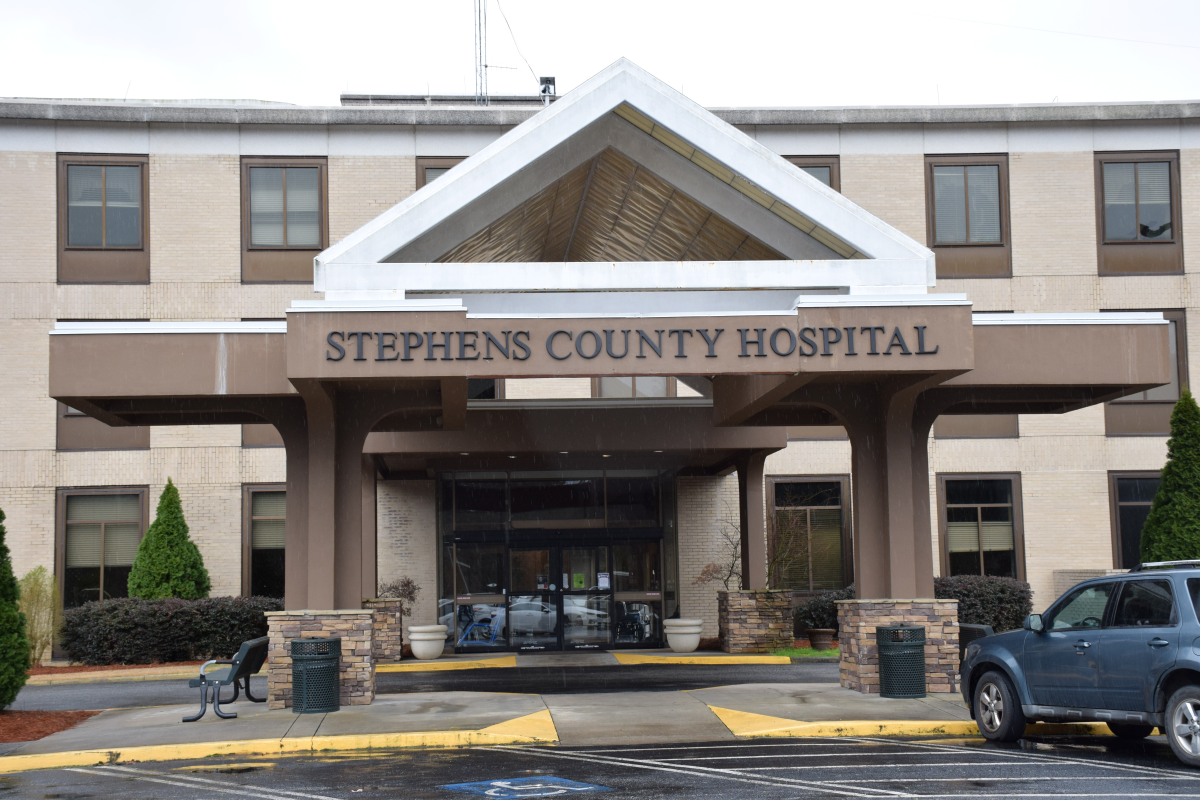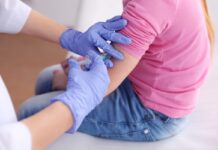
Stephens County Hospital has been recognized for its excellence in stroke care by the Georgia Department of Public Health’s Office of EMS and Trauma. The hospital has been designated as a Remote Treatment Stroke Center, highlighting its ability to provide timely and effective care for stroke patients in Stephens County and surrounding communities.
The designation underscores the hospital’s commitment to implementing evidence-based best practices for stroke treatment.
Time is of the essence

“Time is of the essence when it comes to stroke diagnosis and treatment,” stated Brody Reid, Stroke Medical Director and Emergency Department Medical Director at Stephens County Hospital. “Patients exhibiting stroke-like symptoms need emergency medical treatment within 3 ½ to 4 hours of onset, which they can receive at Stephens County Hospital, which may eliminate the need to travel to a facility outside of the community.”
Achieving the Remote Treatment Stroke Center designation involved a rigorous process. Stephens County Hospital demonstrated its adherence to specific standards and submitted data showcasing timely treatment, improvement efforts, and robust processes and policies.
The Georgia Department of Public Health’s Office of EMS and Trauma, after reviewing the submitted materials, acknowledged Stephens County Hospital’s role as a crucial part of a comprehensive stroke care network across the state.
Quality care close to home
Stroke occurs when blood flow to the brain is obstructed. Clots (ischemic strokes) or ruptured blood vessels (hemorrhagic strokes) can cause this. A TIA, also known as a “mini stroke,” is caused by a temporary clot.

“When a patient arrives at the emergency department with stroke-like symptoms, all departments know that we have a small window of time to be able to administer a thrombolytic drug, which is a medication that can break up or dissolve clots in the body,” explained Loskoski. “Tremendous collaboration between the emergency department, radiology, laboratory, and registration supports a quick diagnosis of the patient and initiation of appropriate treatment which is essential for improving patient outcomes.”
Sherry Loggins, Emergency Department Director at Stephens County Hospital, expressed pride in the hospital’s ability to provide high-quality stroke care close to home. She emphasized the hospital’s commitment to community education aimed at reducing stroke incidence and enhancing the health of residents.
What to look for in identifying a stroke
The hospital urges community members to familiarize themselves with the BEFAST acronym to recognize stroke symptoms and seek immediate medical help.
B – Balance: Watch for sudden loss of balance
E – Eyes: Check for vision loss
F – Face: Look for an uneven smile
A – Arm: Check if one arm is weak. When raised, does one arm drift downward?
S – Speech: Listen for slurred speech. Ask them to repeat a simple sentence.
T – Time: Call 9-1-1 right away
If any of these symptoms appear, even if they subside, call 9-1-1 immediately and transport the person to the hospital. Make sure to check the time so you’ll know when the first symptoms appeared. Remember, in stroke care, time is of the essence.







